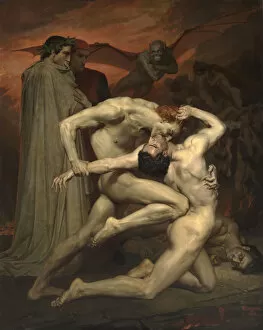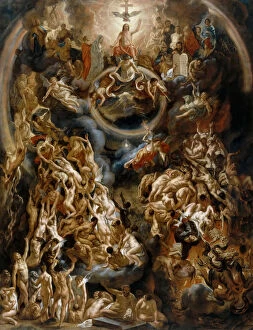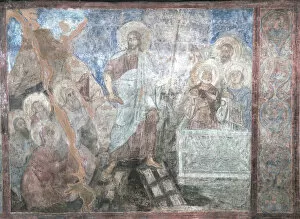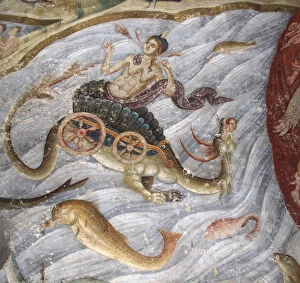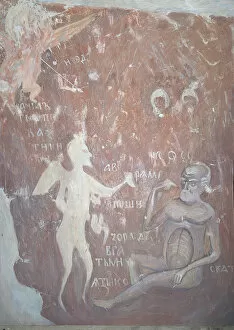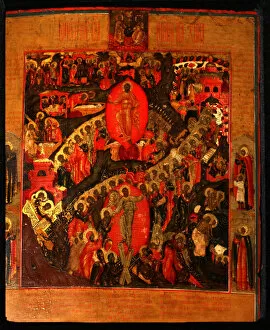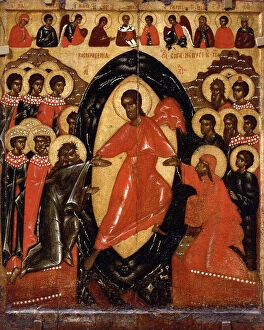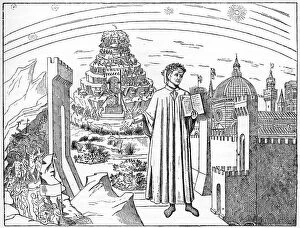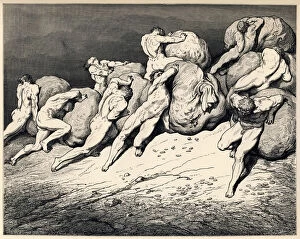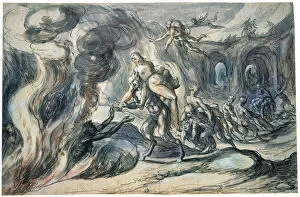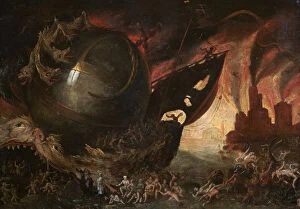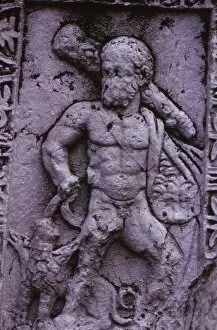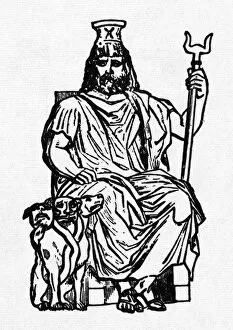Hades Collection (page 6)
"Hades: Exploring the Depths of the Underworld and Beyond" Delve into the enigmatic realm of Hades, where myth and art intertwine to depict a world beyond our own
All Professionally Made to Order for Quick Shipping
"Hades: Exploring the Depths of the Underworld and Beyond" Delve into the enigmatic realm of Hades, where myth and art intertwine to depict a world beyond our own. From ancient texts to iconic artworks, this caption invites you on a journey through various interpretations of Hades. In classical Greek mythology, Hades was not only the god of the underworld but also played a pivotal role in Homeric cosmogony. The Last Judgement and Novgorod Icon portray his dominion over souls as they navigate their fate after death. The tale of Persephone and Demeter sheds light on Hades' power as he abducts Persephone, plunging her into darkness for half the year while her mother mourns above ground. This eternal cycle symbolizes both life's transient nature and its cyclical patterns. H. M. Bateman's "The Income Tax Official in Hades" humorously explores how even in death, bureaucracy follows us. It reminds us that no one can escape taxes – not even in the afterlife. Dante's Inferno takes us deeper into Hades' realm, where suicides are tormented by Harpies. These haunting images serve as cautionary tales about despair and self-destruction. In Hendrik Goltzius' depiction of Marcus Curtius from "The Roman Heroes, " we witness an act of sacrifice to save Rome from destruction – showcasing how mortals interact with divine forces within Hades' domain. Classical Greek gods allegorized through various artistic mediums highlight their connection to Hades: Filippo Napoletano's "The Hell" immerses viewers in an infernal landscape teeming with torment; Botticelli's illustration captures Dante Alighieri's vision of Hell’s abyss within his Divine Comedy series. Greece’s Styx River is intrinsically linked to Hades; it serves as a boundary between life and death, a crossing point for souls entering the underworld.





